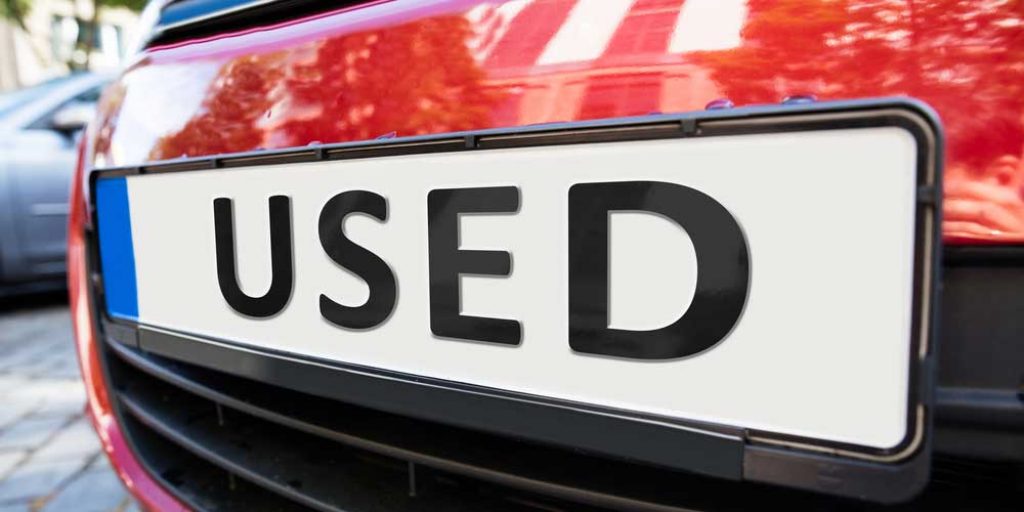
5 Things to Know About Used-Car Leasing
Leasing a used car is not that common, but it’s an option that you can take advantage of. You could lease a slightly older version of that vehicle you want and save a lot of money thanks to that. The main risk is getting a car that’ll need repairs, so keep that in mind and be careful.
Related Topics (Sponsored Ads):

What’s Used Car Leasing, And How Does It Work?
You’ve probably never heard of it, and you are not the only one. It’s not advertised, and not all dealers offer them. Sometimes even the ones working at the dealerships don’t know that they exist. Car leasing is a way for you to drive a new car for lower monthly payments. Only around 4% of the leasing market consists of used cars.
Used-car leases follow the same structures the new ones do. The residual values will wary because not all vehicles depreciate at the same rate. The lender determines the vehicle’s residual value and payments based on the difference between the residual value and its sales price. The money factor, aka interest rate, will probably be higher than in a new car lease. But don’t let this confuse you – the overall payment will still be lower overall thanks to the lower sales price and depreciation rate. You’ll be able to buy the vehicle at the end of the lease, just like with new leases.
1. Maybe This Lease Is Not For You
These leases are not for everyone. If you want a new car with the latest technology and love that new car smell and that’s more important to you than saving money, a new car lease is the better choice for you. You should also consider how much having to deal with maintenance expenses, and extended warranties would bother you. If it sounds like it’d give you unnecessary headaches, maybe you shouldn’t go for this lease. Don’t forget to think about buying a used car instead of leasing. It can turn out that it’s a better option than leasing a used one.
2. You Might Not Be Under Warranty
The manufacturer’s warranty might expire before the lease ends. If that happens, you’ll be responsible for any repairs if you want to avoid the wear-and-tear charges you’ll be inspected for at the end of the lease. You also have the option of leasing a certified pre-owned car that has a warranty from the dealership. This might save you a lot of money. If you’re unable to do it, you can buy an extended warranty/service contract to cover some unexpected expenses. Just make sure to do your research well, so you don’t get surprised later by a claim you need to make.
3. You Might Have Lower Monthly Payments
Because used cars usually depreciate at a slower rate, you’ll end up paying less each month when leasing a used car than when leasing a new one. Depreciation is the decline in the value of your vehicle over time. Usually, a car depreciates by 20% or more after the first year. The monthly payment will depend on the car you choose and your lease terms. It’s a good idea to figure out in advance how much you are able to pay each month. This will narrow your options significantly and help you choose faster. Go ahead and set that budget!
4. Make Sure to Shop Around
Since leasing a used car is a far less common option than leasing a new one, you might have to search for a while to find the places that lease used vehicles. Once you’ve decided what kind of car you actually want (whether it’s something more luxurious, standard, or sporty), you can begin your journey and call different dealers.
You should keep in mind that most used leases will be for certified pre-owned vehicles. And they will commonly have less than 48,000 miles.
One way to get a better deal is to use leasing services where you can take over a lease from someone who wants out of theirs. You’ll be able to negotiate concessions from that person!
We advise you to avoid ’’lease here, pay here’’ dealerships. You can get a lease there even with credit problems, but they can turn out to be very expensive in the end.
5. Don’t Forget That You Are Leasing A Car
Leasing means you are not the owner of the car. That’s what makes leasing a very different option from buying a car. At the end of the lease, you’ll be able to purchase the car (if that’s an option), lease another one, or simply buy a new or a used vehicle. Be careful about maintaining the car. You’ll be charged after the wear-and-tear inspection at the end of the lease if it’s not in good shape. You’ll probably be returning it at a more advanced age than if you had leased a new car. That’s one reason for paying extra attention to its state. Some of the first things to check are in-car electronics. You might notice they are making noises or getting leaks.
Final Notes
This is an option that can save you a ton of money, so if you’re not in the best financial situation, you should definitely consider it. Just make sure you know what kind of a car you want and that it suits your budget.
Every option has its pros and cons, so don’t forget about the price that comes with leasing a used vehicle – like maintenance costs and some other risks associated with leasing a used car. Think about all the options you have in order to make the right decision. In some cases, leasing a used vehicle can be an excellent way of a car that’s really close to what your heart desires for a lot less money. But in some other cases, leasing a new one or even buying a car can turn out to be the best option. Keep a clear head, and good luck with your decision-making!




